A World of Color and Intelligence: Exploring the Remarkable Parrots
Parrots are among the most captivating and intelligent creatures on Earth. Renowned for their vibrant plumage, remarkable vocal abilities, and complex social behaviors, these birds have fascinated humans for centuries. This article delves into the fascinating world of parrots, exploring their evolution, habitats, behaviors, and their enduring relationship with humans.
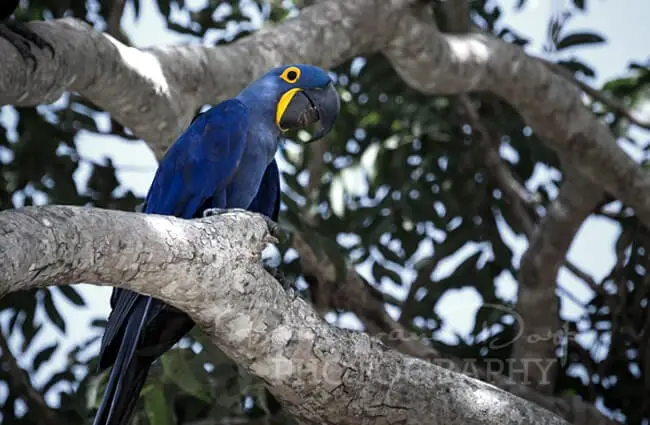
What Defines a Parrot?
The term “parrot” encompasses over 393 species within the order Psittaciformes. These birds share several distinguishing characteristics. Most notably is the strong, curved bill, designed for cracking nuts, seeds, and fruits. They also possess zygodactyl feet, meaning two toes point forward and two backward, providing excellent grip for climbing and manipulating objects. Their large brain size relative to body mass is a key indicator of their cognitive abilities.
A History Etched in Time: Parrot Evolution
The evolutionary story of parrots stretches back more than 50 million years, to the Paleogene period. Fossil evidence suggests that early parrots were more widespread than they are today, inhabiting North America and Europe. Over time, they diversified and primarily shifted their distribution towards tropical and subtropical regions. Fossils indicate these ancient birds likely fed on seeds and fruits, similar to many of their modern counterparts. The development of their characteristic curved beak and specialized feet was a pivotal adaptation for their arboreal lifestyle and dietary preferences.
Where Do Parrots Live? A Global Distribution
Parrots are predominantly found in tropical and subtropical regions across the globe. Their greatest diversity is concentrated in South America, Australia, and New Guinea. They inhabit a variety of habitats, including rainforests, woodlands, savannas, and mangrove swamps. Some species, such as the Monk Parakeet, have adapted to urban environments. The specific habitat preference varies between species, reflecting their dietary needs and social behaviors.
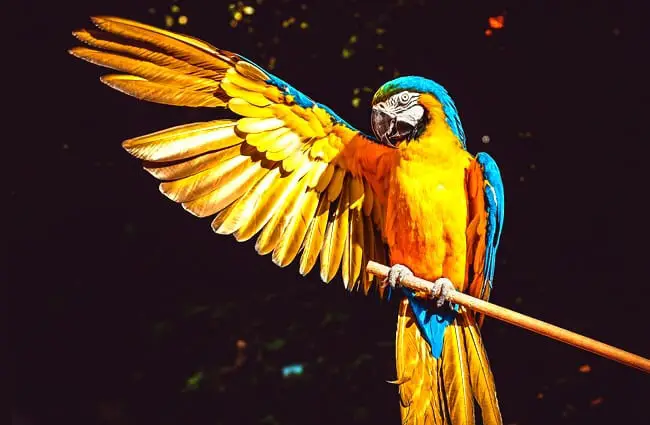
A Parrot’s Diet: Seeds, Fruits, and More
The majority of parrot species are herbivores, with seeds and fruits forming the core of their diet. Many species supplement this with buds, flowers, nuts, and even insects or larvae. Their strong bills are perfectly adapted for cracking tough shells and husks. Some species, like the Kea of New Zealand, are known for their opportunistic feeding habits, scavenging on carrion and even damaging human property in search of food. Dietary variations play a role in plumage coloration, with some fruits and vegetables contributing to vibrant feather hues.
Social Lives and Communication
Parrots are generally social birds, often living in flocks or pairs. These social structures provide benefits such as increased vigilance against predators and improved foraging efficiency. Communication is vital for maintaining social bonds and coordinating activities. Parrots communicate through a variety of vocalizations, including squawks, whistles, and songs. They also use body language, such as feather displays and postural changes. Some parrot species can mimic human speech, demonstrating remarkable vocal learning abilities.

Reproduction and Raising Young
Most parrots are monogamous, forming long‑term pair bonds. They typically nest in tree cavities, utilizing existing holes or excavating their own. The female usually lays a clutch of 2 to 8 eggs, depending on the species. Both parents participate in incubating the eggs and raising the chicks. Chicks are altricial, meaning they are born helpless and require extensive parental care. They are fed regurgitated food by their parents until they can forage on their own. The young parrots remain dependent on their parents for several months, learning essential survival skills.
Parrots and the Ecosystem
Parrots play a crucial role in their ecosystems. As seed dispersers, they contribute to forest regeneration. By feeding on fruits and seeds, they transport them to new locations, aiding plant spread. They also help control insect populations, providing natural pest control. Their foraging activities can shape vegetation patterns and influence overall forest health. Their presence indicates a healthy and diverse ecosystem.
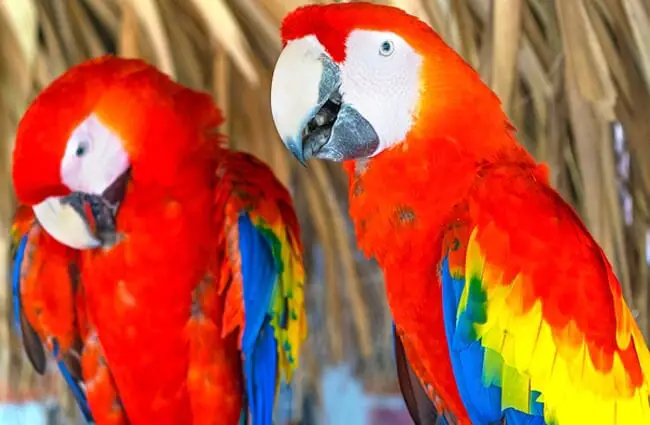
Humans and Parrots: A Complicated Relationship
Throughout history, humans have been fascinated by parrots. They have been kept as pets for thousands of years, prized for their beauty, intelligence, and ability to mimic speech. However, this demand has also led to the capture of wild parrots for the pet trade, contributing to population declines for many species. Habitat loss and fragmentation, driven by deforestation and agricultural expansion, pose a significant threat to parrot populations. Conservation efforts, including habitat protection, anti‑poaching measures, and responsible pet ownership, are vital for ensuring the survival of these magnificent birds.
Spotting Parrots in the Wild: A Guide
If you are fortunate enough to be traveling in a parrot’s habitat, there are several ways to increase your chances of spotting one. Early mornings and late afternoons are typically the most active times for foraging. Listen for their distinctive calls and look for brightly colored birds perched in trees or flying overhead. Binoculars can help you observe parrots from a distance. Respect their space and avoid approaching them too closely, as this can cause stress. Remember to observe from a safe distance and never feed wild parrots, as this can disrupt their natural foraging behaviors.
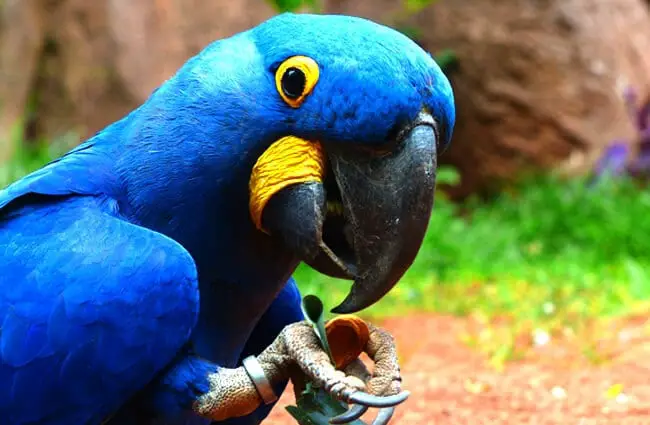
Caring for Parrots in Captivity: A Zookeeper’s Perspective
Providing adequate care for parrots in captivity requires a deep understanding of their complex needs. A spacious enclosure is essential, allowing for flight and exploration. Enrichment is crucial, providing opportunities for foraging, puzzle‑solving, and social interaction. A varied diet, consisting of high‑quality pellets, fresh fruits, vegetables, and seeds, is vital for maintaining their health. Regular veterinary check‑ups and preventative care are essential. It’s important to provide mental stimulation and social interaction to prevent boredom and behavioral problems. Avoid allowing parrots to become overly reliant on humans, and encourage them to exhibit natural behaviors.
Fascinating Parrot Facts
- Some parrot species can live for over 80 years.
- The Kakapo of New Zealand is the world’s largest parrot and is critically endangered.
- Parrots have a unique tongue structure that helps them manipulate food and crack seeds.
- The Kea is known for its intelligence and mischievous behavior, often dismantling car parts.
- Parrots can distinguish between different shapes, colors, and quantities.
- Some species are capable of solving complex puzzles and using tools.
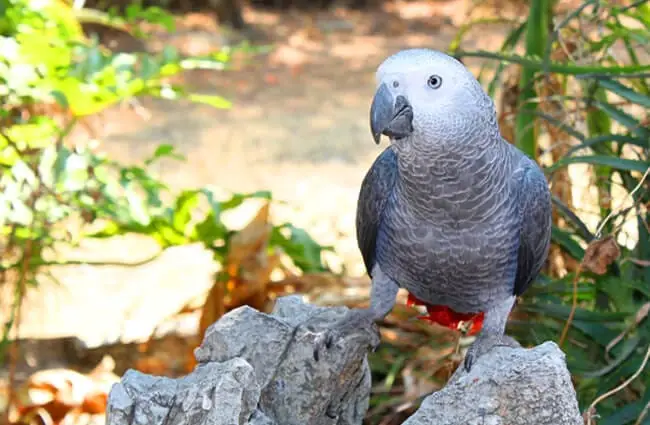

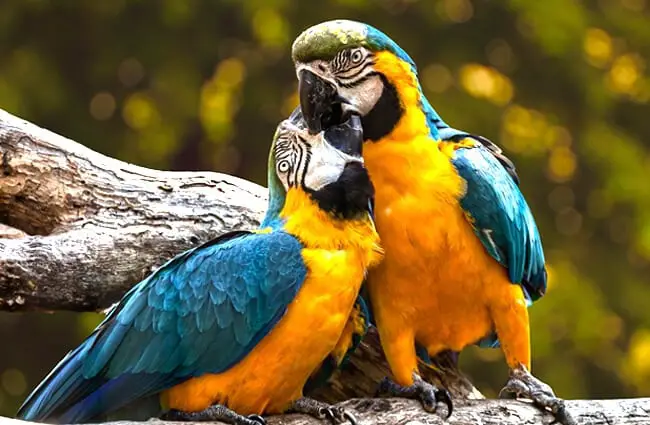
Parrots are truly remarkable creatures, embodying intelligence, beauty, and adaptability. Their future depends on our commitment to conservation, responsible pet ownership, and a deeper appreciation for the vital role they play in the world’s ecosystems.

![Red Angus Closeup of a beautiful Red Angus cowPhoto by: U.S. Department of Agriculture [pubic domain]https://creativecommons.org/licenses/by/2.0/](https://animals.net/wp-content/uploads/2020/03/Red-Angus-4-238x178.jpg)




![Red Angus Closeup of a beautiful Red Angus cowPhoto by: U.S. Department of Agriculture [pubic domain]https://creativecommons.org/licenses/by/2.0/](https://animals.net/wp-content/uploads/2020/03/Red-Angus-4-100x75.jpg)

